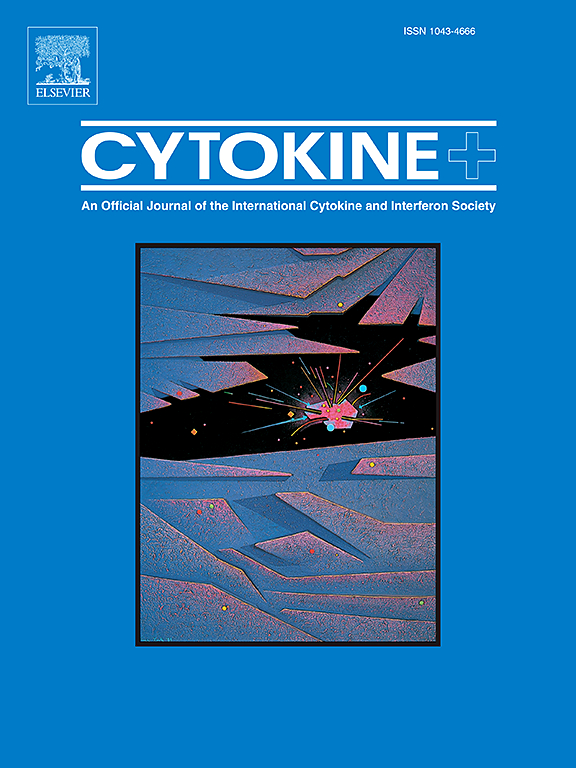A comprehensive review: neuroinflammation and immune communication between the central nervous system and the periphery
IF 3.7
3区 医学
Q2 BIOCHEMISTRY & MOLECULAR BIOLOGY
引用次数: 0
Abstract
Immunity in the central nervous system (CNS) is generally attributed to neuron-associated microglia in the parenchyma. Microglial cells are specialized macrophages that interact closely with neurons to monitor them for signs of infection or injury. In addition to microglia, several other specialized macrophage populations are located at the borders of the CNS, including dural, leptomeningeal, perivascular, and choroid plexus macrophages. Collectively, these are CNS-associated macrophages (CAMs), but how these cells maintain the balance between the segregation of the CNS and the information transfer between the CNS parenchyma and the peripheral system is not well understood. The interaction between the immune system and the CNS is a newly emerging field of study that focuses on the functions of resident microglia and specialized macrophages, including leptomeningeal, choroid plexus, and perivascular macrophages. This review will help to improve understanding of the regulatory mechanisms of microglia and specialized macrophages and their involvement in the communication with the peripheral immune system. It could also advance neurological disease therapies that selectively target specific immune function parameters more effectively for managing neurodegenerative diseases.

综述:中枢神经系统与外周神经系统之间的神经炎症和免疫通讯
中枢神经系统(CNS)的免疫通常归因于实质中神经元相关的小胶质细胞。小胶质细胞是一种特殊的巨噬细胞,它与神经元密切相互作用,监测它们感染或损伤的迹象。除了小胶质细胞外,其他几种特殊的巨噬细胞群位于中枢神经系统的边界,包括硬脑膜、脑膜、血管周围和脉络膜丛巨噬细胞。总的来说,这些都是中枢相关巨噬细胞(CAMs),但这些细胞如何维持中枢分离和中枢实质与外周系统之间的信息传递之间的平衡尚不清楚。免疫系统与中枢神经系统之间的相互作用是一个新兴的研究领域,主要关注驻留小胶质细胞和特化巨噬细胞的功能,包括小脑膜、脉络膜丛和血管周围巨噬细胞。本文综述将有助于提高对小胶质细胞和特化巨噬细胞的调控机制及其参与外周免疫系统通讯的理解。它还可以促进神经系统疾病的治疗,选择性地针对特定的免疫功能参数,更有效地管理神经退行性疾病。
本文章由计算机程序翻译,如有差异,请以英文原文为准。
求助全文
约1分钟内获得全文
求助全文
来源期刊

Cytokine
医学-免疫学
CiteScore
7.60
自引率
2.60%
发文量
262
审稿时长
48 days
期刊介绍:
The journal Cytokine has an open access mirror journal Cytokine: X, sharing the same aims and scope, editorial team, submission system and rigorous peer review.
* Devoted exclusively to the study of the molecular biology, genetics, biochemistry, immunology, genome-wide association studies, pathobiology, diagnostic and clinical applications of all known interleukins, hematopoietic factors, growth factors, cytotoxins, interferons, new cytokines, and chemokines, Cytokine provides comprehensive coverage of cytokines and their mechanisms of actions, 12 times a year by publishing original high quality refereed scientific papers from prominent investigators in both the academic and industrial sectors.
We will publish 3 major types of manuscripts:
1) Original manuscripts describing research results.
2) Basic and clinical reviews describing cytokine actions and regulation.
3) Short commentaries/perspectives on recently published aspects of cytokines, pathogenesis and clinical results.
 求助内容:
求助内容: 应助结果提醒方式:
应助结果提醒方式:


